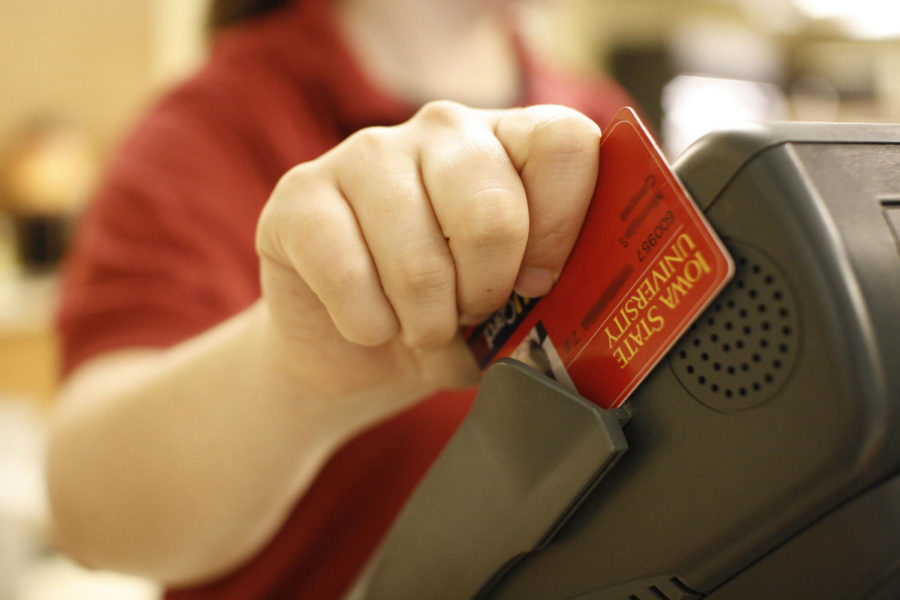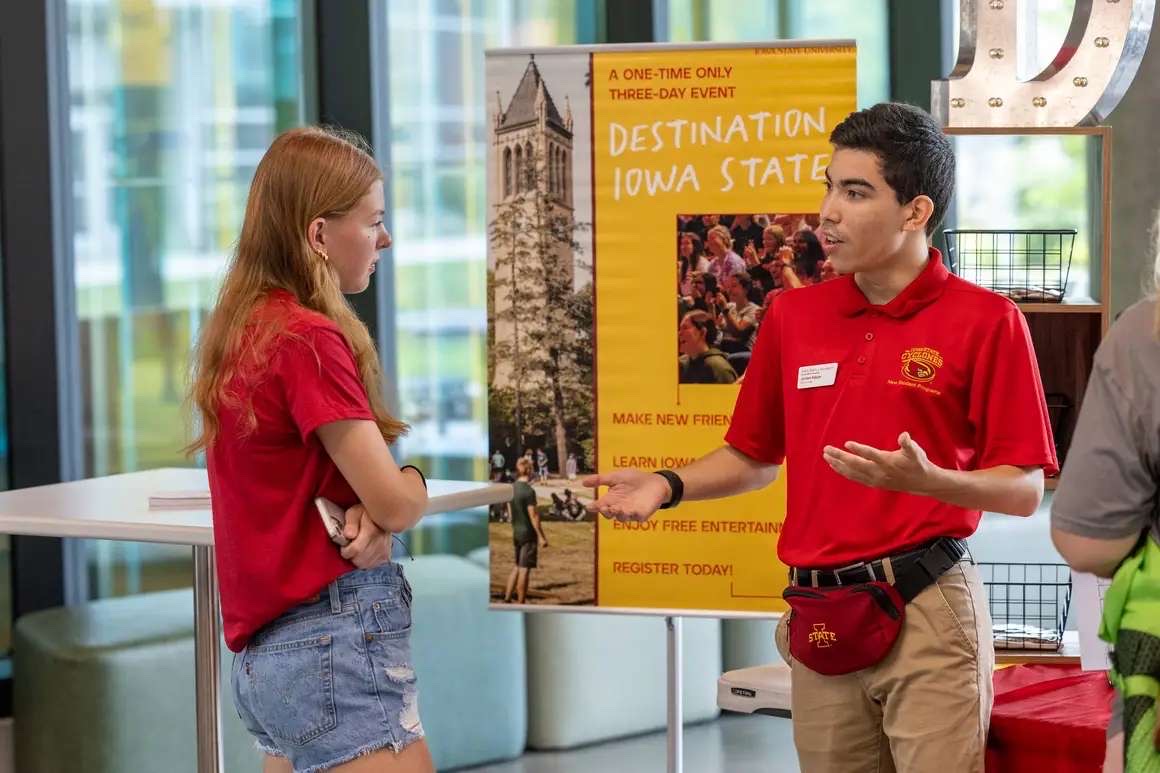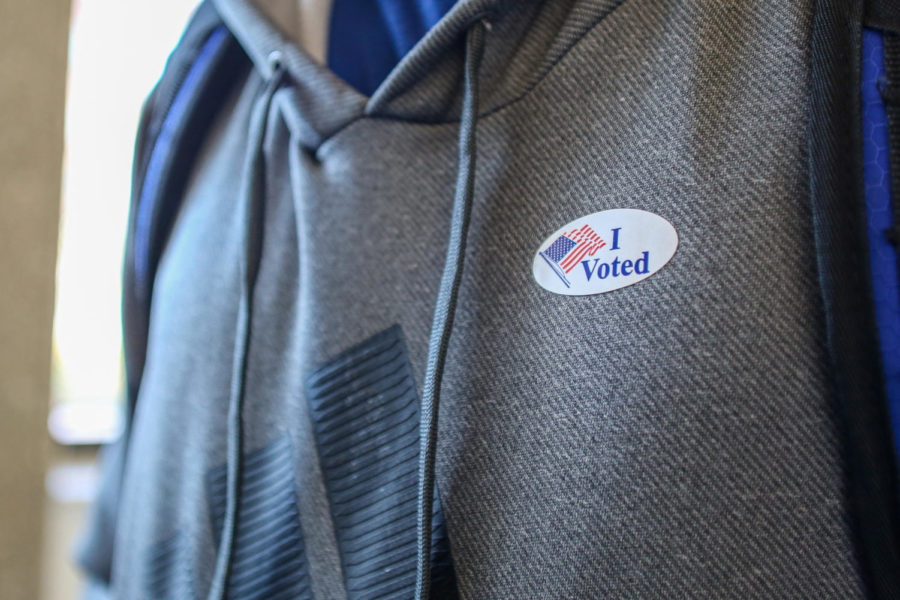Editorial: University dining should cater to customers
Iowa State University offers five different meal plan options. The cheapest option, Bronze, is just under $3000 a year, while the largest plan, Cyclone, stands at just under $4000 a year. All meal plans also come with an allocation of Dining Dollars, usable in dining halls and C-Stores.
January 15, 2014
If there is one thing that people are changing at semester it is probably the size of their meal bundles. Last semester, if each student left only five meals on their meal plan, as a whole our campus would have wasted roughly 160,000 meals. At nearly $10 a meal, the student body would have wasted $1.6 million on meals. That is an absurd amount of money to waste on anything. So why is the university so stiff on students sharing meals?
One reason given for students not sharing meals is that the dining centers do not plan for that many students to be eating every night. Iowa State has been accepting record-breaking numbers of students recently, but that is no excuse for inadequate planning. With as many resources as our dining system has, they should plan to have more food, or at least plan for more students to be eating.
Of course this runs into issues when surplus foodstuffs have to be thrown away. A simple solution to this problem, however, is to have the students eat it. There is obviously a demand among students for the sharing of meals. One would hope that there would be some way to ensure a supply of food.
If our current dining service infrastructure is simply inadequate to meet the demands of a growing — and hungry — student body, perhaps it is time for more expansions. Extended hours at the dining centers might also be a partial solution, but of course this would lead to additional expenses associated with increased overhead costs, and the problem of wasted food would remain unaffected.
That problem of food waste is itself a product of our university’s policies though. Students definitely appreciate the freshness and variety of foods offered by our dining services, but these inhibit the ability of a student to actually use his or her purchased meals. So while we may very well like the quality of food offered, the costs associated with that increased quality are high indeed.
Additionally, food waste can be combated in a number of other ways. Increased amounts of dried foods that can be used multiple days. Donating uneaten food to local food banks. Freezing certain foods and incorporating them into dishes the following days. All of these are viable options to reduce food waste without seriously affecting food quality.
Students are the ones paying thousands of dollars to go to school here. Students are the ones buying meal plans (even though many are forced to buy such plans in conjunction with their housing). ISU Dining surely tries very hard to provide students with a great experience, but they need to be more in tune with what we as students actually desire.
It is safe to say that something needs to change when it comes to university meal bundles. Iowa State should accommodate our wants and needs, and it appears that right now what students want is to be able to share their meals. After all, we are their customers and as the old adage goes, the customer is always right.







